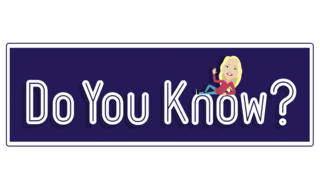It does three things:
- AR Mode
- Motion Still
- Fast-Forward
The 'Motion Still' takes a 4 second (I think) video/gif that will play and keep repeating. A rather contemporary way of recording video that the pupils should relate to. There are numerous ways this short video could be used in class...
The 'Fast-Forward' does exactly what it says. Easy way to record something and then have it sped up without having to involve editing software.
The 'AR Mode' is the new addition to the app and the one I see being most useful. Augmented reality has been around for a little while now. I'm amazed by it, but Skype amazes me too! The thing about augmented reality that's brilliant is that whenever I've used it in class, it has enthused the children. They know what they are seeing is not real and I know it too. But it's like its real and we can all enter that imaginary world through the augmented reality and pretend we're there. The AR Mode includes: a dog, spaceship, heart, basketball, spider, dinosaur, chicken, alien, gingerbread man, globe and a robot.
I've been having a play. While me mam was eating her dinner and 'finding' bugs on the kitchen floor.
I can see this being a really useful writing prompt too, or for creating a story sequence, or any other ideas you may have...
The gif or video can easily be exported to many apps for #AppSmashing or as a finished product.

































